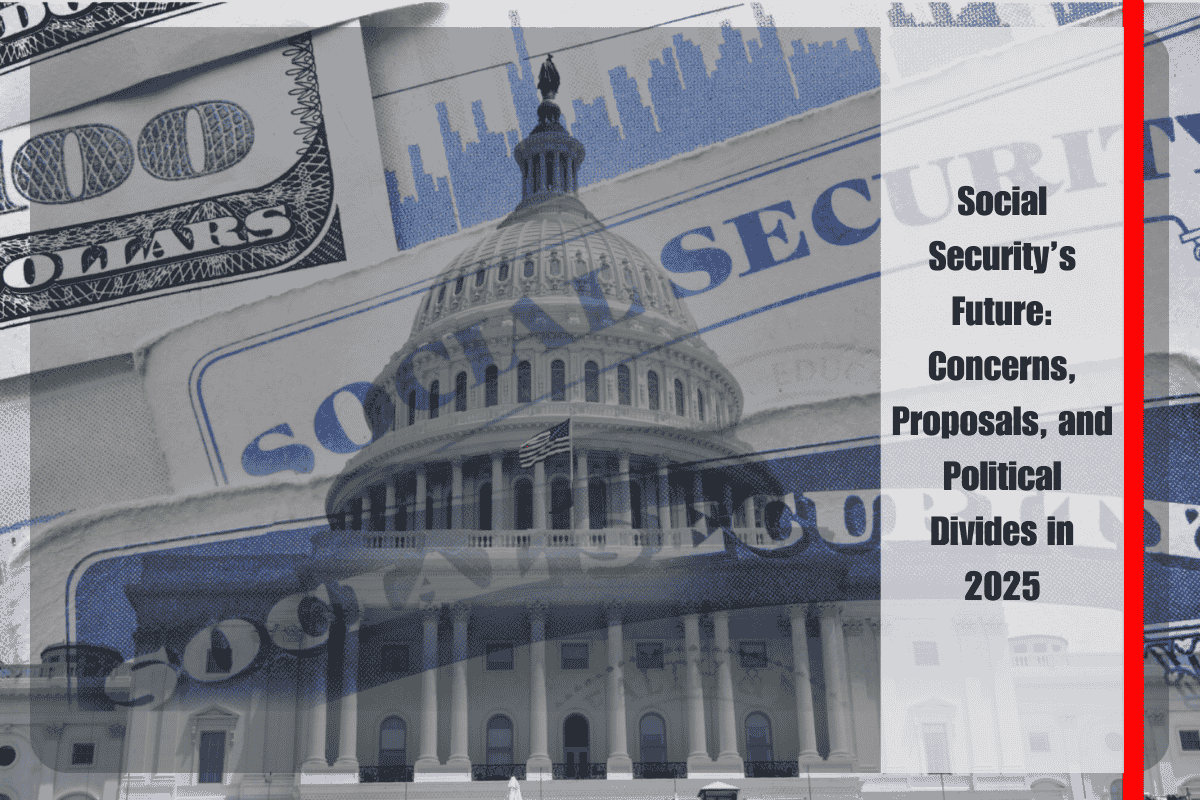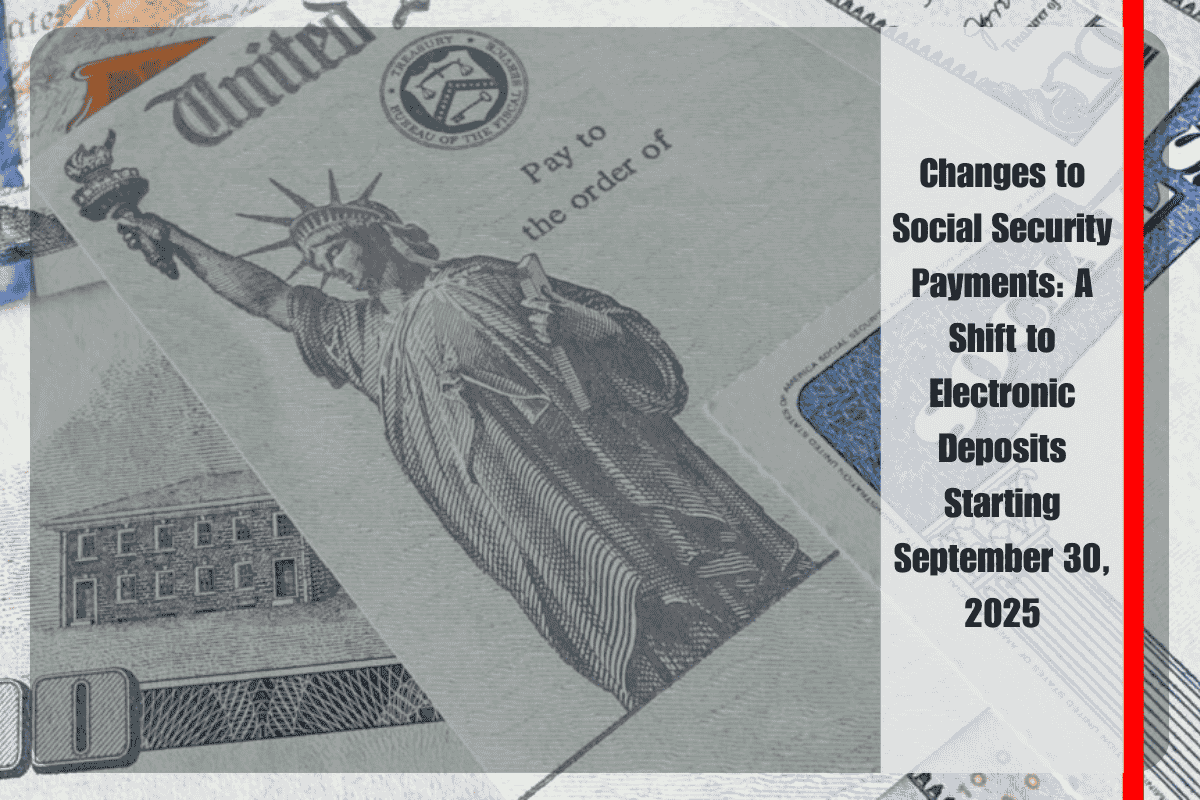Starting in August 2025, the Social Security Administration (SSA) will implement a new telephone authentication system designed to streamline identity verification and improve efficiency for users of the “My Social Security” account. This change is part of a broader effort to enhance both the security and operational effectiveness of the system. However, this shift comes alongside new projections about the financial health of the Social Security trust funds, which suggest a tight future for the program’s funding.
New Telephone Authentication Protocol: Security Authentication PIN (SAP)
A key update for those with a “My Social Security” account is the introduction of the Security Authentication PIN (SAP). Beginning in August 2025, individuals with verified My Social Security accounts will have the option to use this PIN during calls to the SSA’s National 800 Number. The main goal of this new process is to streamline identity verification, making phone consultations quicker and more secure.
Two key advantages of the SAP system are its ability to reduce call times and bolster security. According to SSA’s internal calculations, using the SAP will decrease call duration by about three minutes, or a 30% reduction in the average call time. This improvement results from the faster authentication of users, allowing for more efficient service. Additionally, the SAP acts as an “additional layer of security,” protecting personal data during telephone consultations.
The implementation of SAP is optional, and users who do not have a My Social Security account or who choose not to use the SAP will still be able to use the standard verification process without any disruption to their phone services.
Implications for Social Security Trust Funds
While the new phone authentication system is a positive step forward, the SSA also faces a more pressing financial concern: the sustainability of its core trust funds. Recent analyses have raised alarm over the financial stability of Social Security, particularly the Old-Age and Survivors Insurance (OASI) trust fund, which provides benefits to retirees and survivors of deceased workers.
Senator Ron Wyden (D-Oregon) commissioned an assessment from the Office of the Chief Actuary of Social Security regarding the potential effects of the One Big, Beautiful Bill Act (OBBBA), a piece of legislation signed by President Donald Trump. The study projects that the OASI trust fund reserves could be depleted by the fourth quarter of 2032, advancing the previous depletion projection, which estimated the OASI trust fund would run out in early 2033. This change reflects the effects of the OBBBA, which establishes temporary tax relief for seniors and may reduce Social Security revenue in the short term.
The depletion of the OASI trust fund would have direct implications for beneficiaries. If reserves are exhausted, recipients would likely receive only 81% of their scheduled benefits. This shortfall would occur because current payroll tax revenues would only cover a portion of the program’s obligations. However, projections suggest that the Disability Insurance (DI) Trust Fund remains stable and is not expected to deplete within the 75-year horizon, which is a positive sign for the disability component of Social Security, even as the OASI trust fund faces financial challenges.
The Potential Combined Collapse and the 2034 Projection
The Social Security and Medicare Trustees have projected a potential combined collapse of the OASI and DI trust funds around 2034, a year earlier than previous estimates. The Office of the Chief Actuary’s updated analysis, factoring in the OBBBA amendments, could shift this combined collapse date to early 2034, instead of the previously projected third quarter of that year. The key takeaway is that while the OASI trust fund faces more immediate pressures, the DI fund is currently on a more stable trajectory.
Looking Ahead: The Road to Financial Sustainability
The new authentication system is a helpful step in improving the customer experience, but it is also essential for policymakers to address the looming financial challenges facing Social Security. With projections indicating potential shortfalls as soon as 2032 or 2034, there will need to be a focus on reforming the funding structure of the OASI trust fund to ensure the continued security of Social Security benefits for future generations. As these financial projections become clearer, the focus will likely shift to securing the long-term viability of the program amidst growing demographic pressures and evolving economic conditions.
In the meantime, Social Security beneficiaries can expect improvements in their experience interacting with the SSA, but they should also be aware that broader systemic changes will be necessary to protect the program’s financial health in the coming decades.












